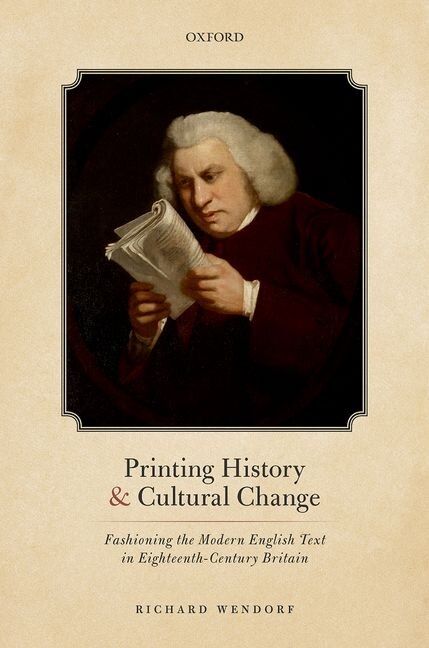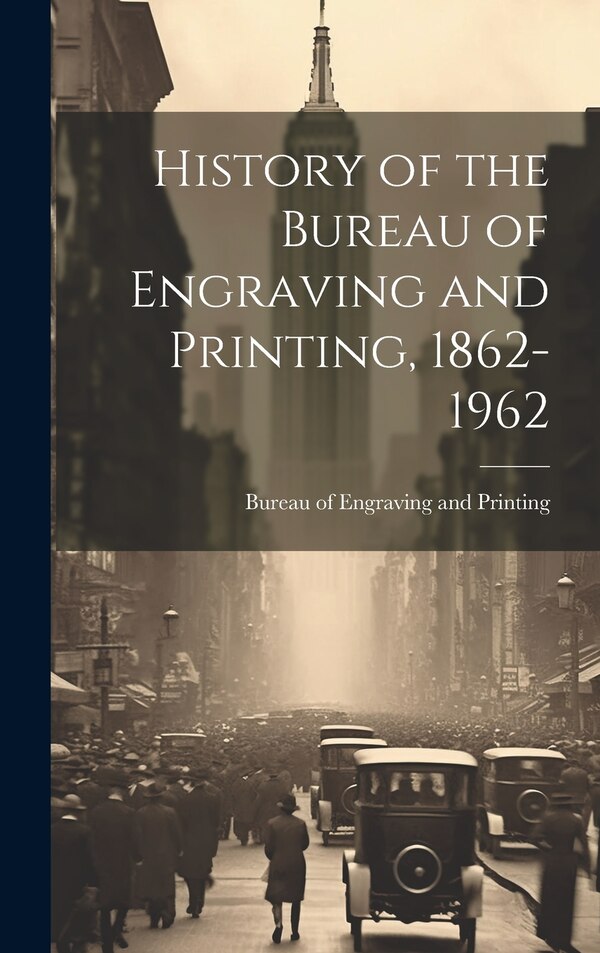
Gifting Made Simple
Give the Gift of ChoiceClick below to purchase a Pine Centre eGift Card that can be used at participating retailers at Pine Centre.Purchase HereHome
Printing History and Cultural Change by Richard Wendorf, Hardcover | Indigo Chapters
Coles
Loading Inventory...
Printing History and Cultural Change by Richard Wendorf, Hardcover | Indigo Chapters
From Richard Wendorf
Current price: $205.95

Coles
Printing History and Cultural Change by Richard Wendorf, Hardcover | Indigo Chapters
From Richard Wendorf
Current price: $205.95
Loading Inventory...
Size: 25.4 x 234 x 674
*Product information may vary - to confirm product availability, pricing, shipping and return information please contact Coles
This study provides one of the most detailed and comprehensive examinations ever devoted to a critical transformation in the material substance of the printed page; it carries out this exploration in the history of the book, moreover, by embedding these typographical changes in the context ofother cultural phenomena in eighteenth-century Britain. The gradual abandonment of pervasive capitalization, italics, and caps and small caps in books printed in London, Dublin, and the American colonies between 1740 and 1780 is mapped in five-year increments which reveal that the appearance of the modern page in English began to emerge around 1765. Thisdescriptive and analytical account focuses on poetry, classical texts, Shakespeare, contemporary plays, the novel, the Bible, the Book of Common Prayer, sermons and religious writings, newspapers, magazines, anthologies, government publications, and private correspondence; it also examines thereading public, canon formation, editorial theory and practice, and the role of typography in textual interpretation. These changes in printing conventions are then compared to other aspects of cultural change: the adoption of the Gregorian calendar in 1752, the publication of Johnson's Dictionaryin 1755, the transformation of shop signs and the imposition of house numbers in London beginning in 1762, and the evolution of the English language and of English prose style. This study concludes that this fundamental shift in printing conventions was closely tied to a pervasive interest inrefinement, regularity, and standardization in the second half of the century-and that it was therefore an important component in the self-conscious process of modernizing British culture. | Printing History and Cultural Change by Richard Wendorf, Hardcover | Indigo Chapters
This study provides one of the most detailed and comprehensive examinations ever devoted to a critical transformation in the material substance of the printed page; it carries out this exploration in the history of the book, moreover, by embedding these typographical changes in the context ofother cultural phenomena in eighteenth-century Britain. The gradual abandonment of pervasive capitalization, italics, and caps and small caps in books printed in London, Dublin, and the American colonies between 1740 and 1780 is mapped in five-year increments which reveal that the appearance of the modern page in English began to emerge around 1765. Thisdescriptive and analytical account focuses on poetry, classical texts, Shakespeare, contemporary plays, the novel, the Bible, the Book of Common Prayer, sermons and religious writings, newspapers, magazines, anthologies, government publications, and private correspondence; it also examines thereading public, canon formation, editorial theory and practice, and the role of typography in textual interpretation. These changes in printing conventions are then compared to other aspects of cultural change: the adoption of the Gregorian calendar in 1752, the publication of Johnson's Dictionaryin 1755, the transformation of shop signs and the imposition of house numbers in London beginning in 1762, and the evolution of the English language and of English prose style. This study concludes that this fundamental shift in printing conventions was closely tied to a pervasive interest inrefinement, regularity, and standardization in the second half of the century-and that it was therefore an important component in the self-conscious process of modernizing British culture. | Printing History and Cultural Change by Richard Wendorf, Hardcover | Indigo Chapters



















